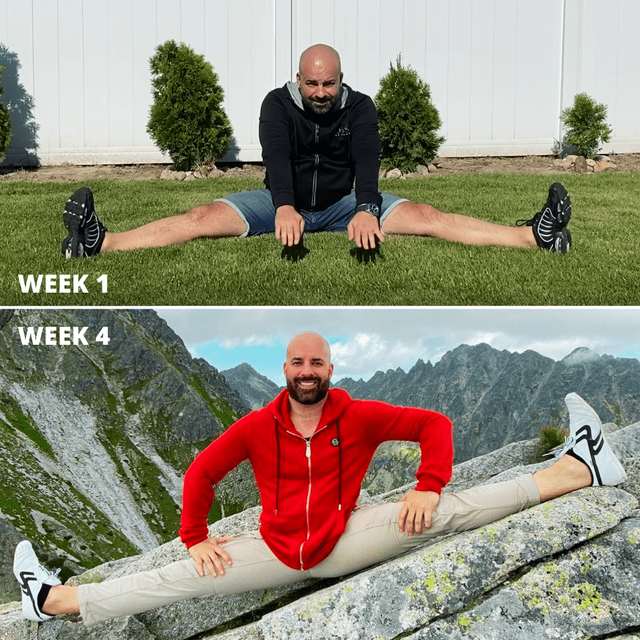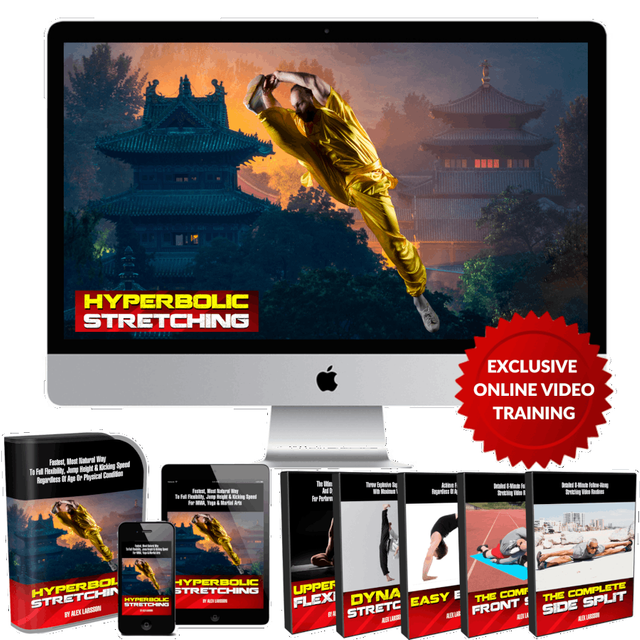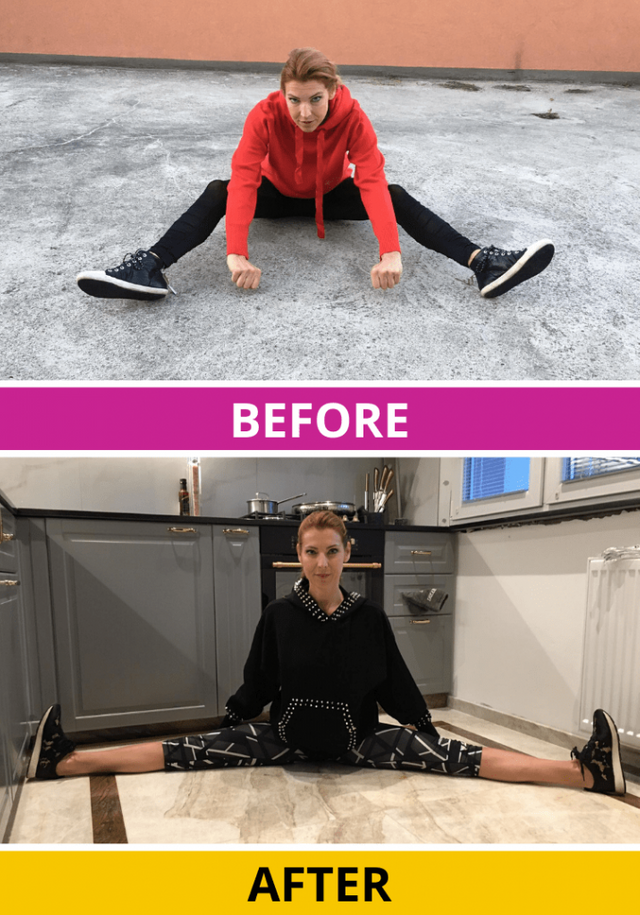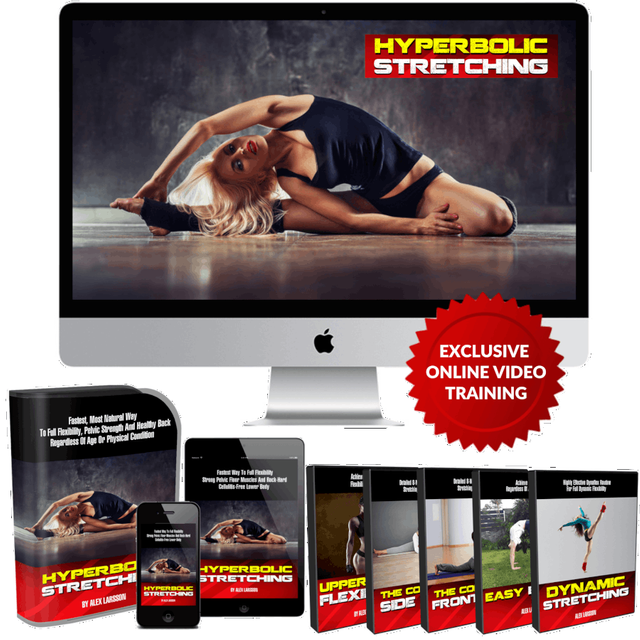How to Become More Flexible With Stretching: A Beginner's Guide.
Do you want to become more flexible? Stretching is one of the best ways to improve your flexibility, but it's not always easy to know when and how to stretch. That's where this beginner's guide comes in handy! We'll show you some of the most effective stretches for beginners, teach you how to set up a stretching routine, and help you figure out where you should be stretching.
So, are you ready? Let's get started!
Why Stretching Is Important?
When you stretch, you give your muscles a chance to relax and recover from the stress they've been under. And if you're not stretching, it's possible that your muscles will tense up and take on a "catastrophizing" nature (if they feel like they're being stretched too far, even more than is necessary). Stretching also helps increase blood flow which might help with muscle recovery.
Stretching is essential for anyone who wants to improve their flexibility. It can help prevent injuries and increase the range of motion. Stretching is also helpful for people who work out frequently because it can reduce soreness after workouts. Some people think that stretching before exercise actually reduces the intensity of their workout or makes them less strong. However, recent studies show that pre-workout stretching does not seem to decrease the benefits of an exercise session; in some cases, it might even improve performance!
What Type of Stretches Are Best For Beginners?
For beginners, stretches should be slow and gentle. This is important for two reasons. First, stretching should not cause pain. Second, beginners should not use stretches that are too difficult. It may take time to develop the muscle strength necessary for more advanced stretches.
Dynamic stretches
First, we'll discuss dynamic stretches. Dynamic stretches are designed to increase your range of motion in a specific direction. They're usually done before a workout and target the muscles you'll be using for the workout. For instance, if you're about to do some heavy lifting, you might stretch your hamstrings beforehand.
Dynamic stretches are great for beginners because they're generally easier to do than static stretches. Many people find that they can quickly progress to more advanced stretches once they've mastered these simpler movements. Dynamic stretching is also an excellent warm-up for any type of exercise, so it's especially important for people who are just starting out or have never stretched before at all.
Static stretches
What are they?
Static stretches, also known as isometric stretches, involve holding a stretch for a certain amount of time. The muscles involved in the stretch will contract and relax while holding the position. You should never bounce or move while maintaining a static stretch since this will take away from the effectiveness of the exercise. It's important to note that these types of stretches are not recommended for people who have hypertension, only those who are healthy and fit.
How to Stretch Safely and Effectively
Stretching is a very important part of any exercise routine. It helps prevent injury, improve flexibility, and reduce soreness. But, how do you know when to stretch? What should you stretch? And, where should you stretch?
It's not always easy to figure out what stretches are best for you. You also might not know when or where to perform your stretches. This beginner's guide will show you the most effective stretches for beginners and teach you how to set up a stretching routine that works for your body.
Safety is also an essential factor to consider when performing any stretches. Be sure to only do stretches that are recommended for your age and physical condition, as well as take care not to overstretch yourself.
Setting up a Flexibility Routine
When it comes to setting up a stretching routine, the most important rule is to listen to your body. Your flexibility routine should focus on what you need most at that time. If you feel tightness in your neck, for example, it's time to focus on your neck stretches. If you feel stiffness in your back or hips, then it's time to focus on stretches for those areas!
If you are feeling pain anywhere during stretching, stop immediately. This means that you've stretched too far or you're not listening to your body's signals. You can also use a foam roller for this purpose.
When to stretch?
The best time to stretch is at the very beginning or end of your workout. The reason for this is because your muscles are warm, which makes it easier for them to lengthen and get more flexible. That's why it's also important to stretch after you've been sitting for a long period of time, like when you're in school all day or when you've been traveling.
When should you stretch?
After waking up in the morning
Right before bed
Twice a day (morning and night)
After eating (especially after eating a large meal)
How to stretch?
There are a few different ways to stretch. Some of the most common types of stretching include static, active, and dynamic stretching.This type of stretching techniques are explained in details in the programs provided below but in general static stretches involve stretching your muscles and holding that position for a certain amount of time. Active stretches involve moving through a full range of motion at a slow pace while maintaining control. Dynamic stretches involve moving through a full range of motion quickly and smoothly.
How to start?
If you really want to start but have no clue where should you start from, there is a stretching program where it will guide you step by step in detail to help you do splits in 4 weeks at home!
This program is designed for men, and almost everyone can do it regardless of their age!
So, what are you waiting for? Click the like and start your program.
If you are a woman and you also want to become more flexible, do not worry. Because the same program is also available for women as well. You can have your own program which also will guide you in detail to become more flexible. Just like the other program, all women regardless of their age, body type, or condition can easily follow the program and become more flexible!
Start your program and improve your flexibility within 4 weeks at home, all you need to do is to click here and get your own program!



